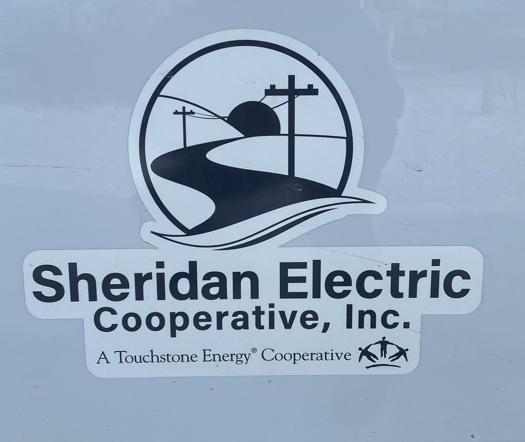
1,851 members – 5 counties served – 2,677 miles of line!
During the depths of the Great Depression, American voters and politicians began to think of rural electrification as a good policy. Many government officials and social reformers believed that electricity had contributed greatly to improving the quality of urban life and that the lack of electricity in rural areas deepened the gap between urban and rural Americans.
The federal government began to take concrete steps to bring electricity to rural areas shortly after Franklin D. Roosevelt was elected President in 1932. The first big federal electrification project was the Tennessee Valley Authority (TVA), created in 1933. The new agency had multiple objectives: to build hydroelectric power-generating stations, transmit electricity to remote areas of the South, and foster economic development in rural communities.
By executive order of President Roosevelt, the Rural Electrification Administration (REA) was created in 1935. The REA was established with one objective: to bring electricity to farms. The $5 billion Emergency Relief Act passed by Congress in 1935 included $100 million for the construction of rural electric transmission lines. The REA administrator, Morris Llewellyn Cooke, had hoped to use the money for low-interest loans to existing private utilities for building transmission lines in rural areas, but the utilities were not interested. In 1936, Congress took the REA out of the domain of federal relief programs and made it an independent federal agency, and Cooke focused the agency’s attention on creating rural electric cooperative.
Services:
Our mission is to provide reliable electric service to members at a competitive price. It is also the co-op’s mission to continually seek ways to expand the customer base to benefit the overall economic condition of the cooperative service territory. It is the mission to accomplish this with a highly trained and efficient staff in conjunction with a well-informed membership.
About Cooperatives and .coop
The global Cooperative community has more than 1 billion members, representing 12% of the world’s employed population. All Cooperatives verify their identity when selecting a .coop web address. Your unique business identity is recognized online with a .coop domain name – your digital brand – a brand known for its economic advantages to its community, consumers, and members.
If you would like your cooperative featured, click on this link to submit your story.
Visit Sheridan Electric Cooperative on social media:



